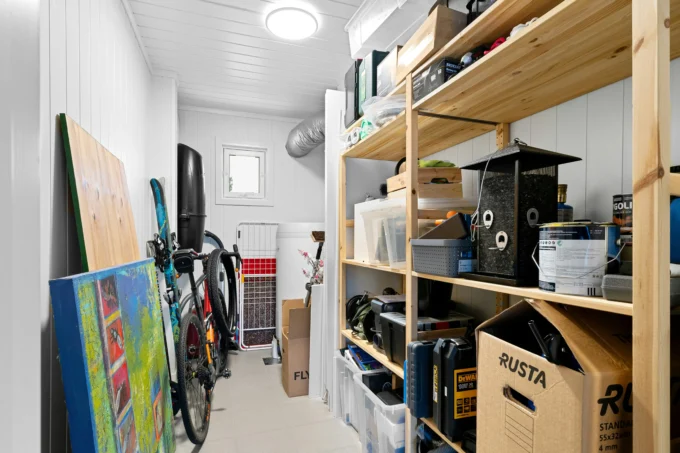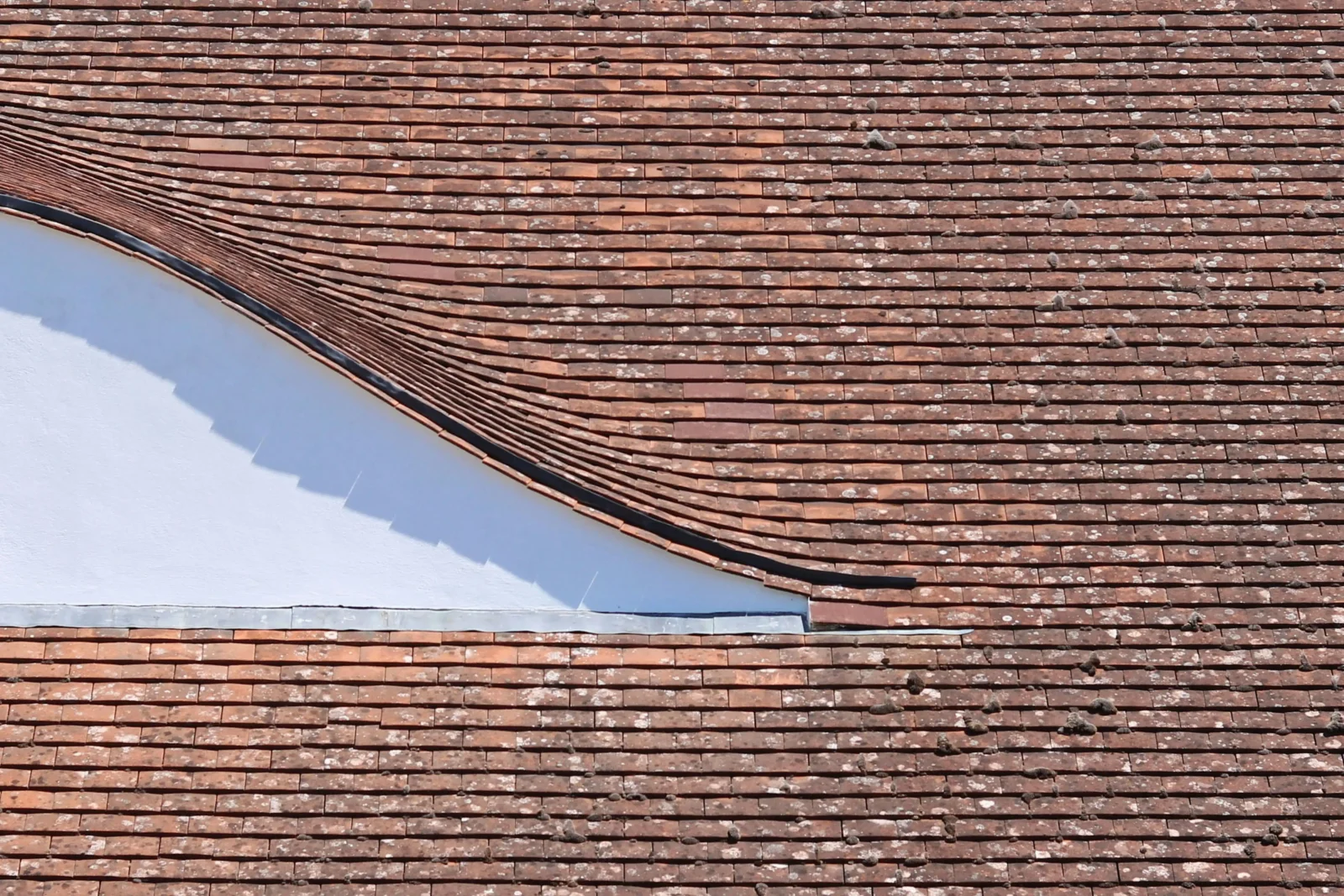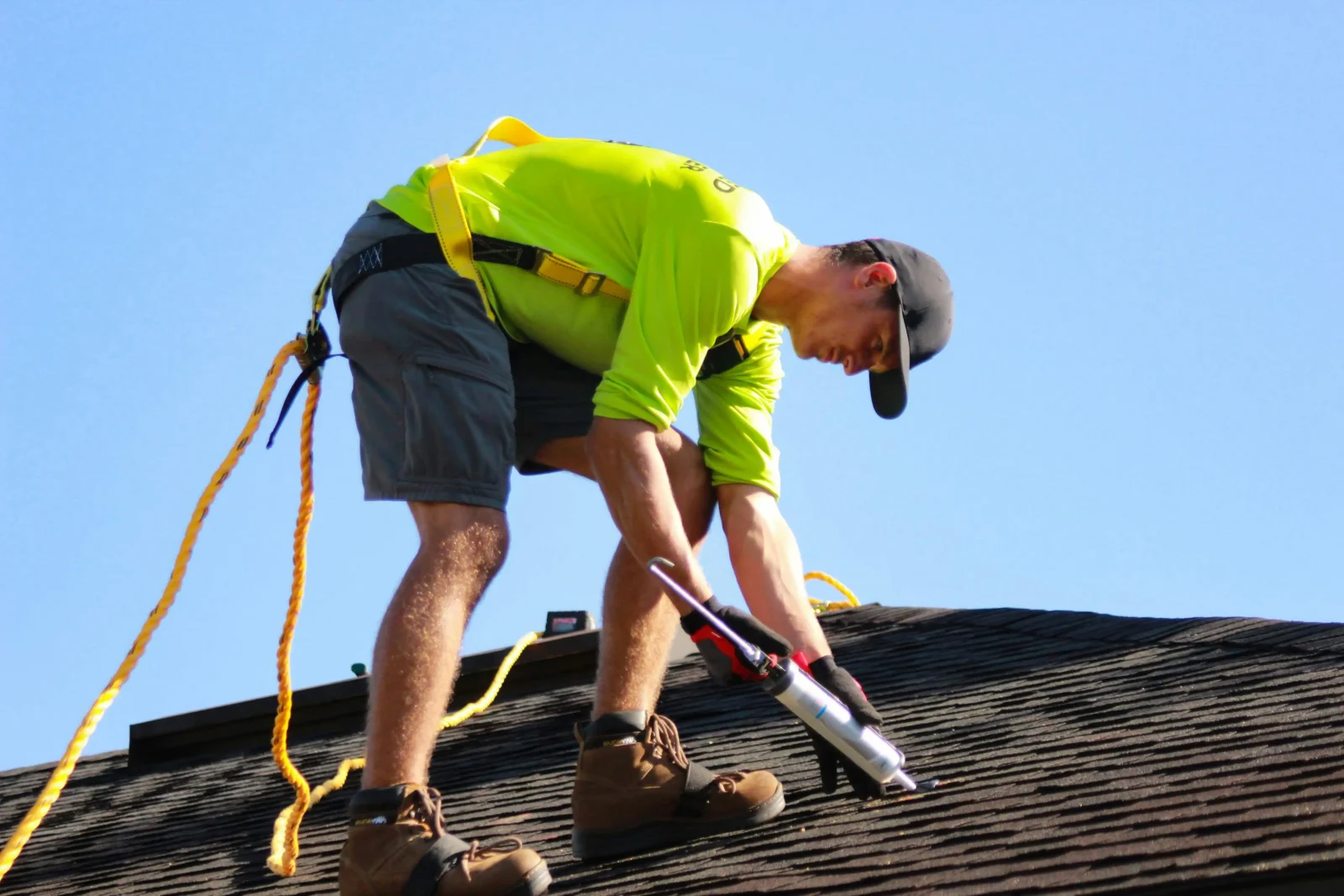- Home
- Articles
- Architectural Portfolio
- Architectral Presentation
- Inspirational Stories
- Architecture News
- Visualization
- BIM Industry
- Facade Design
- Parametric Design
- Career
- Landscape Architecture
- Construction
- Artificial Intelligence
- Sketching
- Design Softwares
- Diagrams
- Writing
- Architectural Tips
- Sustainability
- Courses
- Concept
- Technology
- History & Heritage
- Future of Architecture
- Guides & How-To
- Art & Culture
- Projects
- Interior Design
- Competitions
- Jobs
- Store
- Tools
- More
- Home
- Articles
- Architectural Portfolio
- Architectral Presentation
- Inspirational Stories
- Architecture News
- Visualization
- BIM Industry
- Facade Design
- Parametric Design
- Career
- Landscape Architecture
- Construction
- Artificial Intelligence
- Sketching
- Design Softwares
- Diagrams
- Writing
- Architectural Tips
- Sustainability
- Courses
- Concept
- Technology
- History & Heritage
- Future of Architecture
- Guides & How-To
- Art & Culture
- Projects
- Interior Design
- Competitions
- Jobs
- Store
- Tools
- More
6 Proven Tips for Tackling Your Own Roofing Project From Holding You Back

Taking on a roofing project is a big decision, requiring careful planning, the right tools, and a good understanding of what it takes to complete the job successfully. Whether you’re addressing minor repairs or considering a full replacement, it’s essential to ensure every step is executed correctly to maintain the durability and safety of your roof. Here are six proven tips to help you tackle your roofing project and ensure quality results.
Table of Contents
ToggleConsider Hiring Professionals for a Roof Installation
While DIY roofing projects may seem cost-effective, they often come with risks, including mistakes that can lead to long-term damage. Hiring professional roofers ensures you achieve a quality roof installation that meets industry standards. Experienced roofers have the expertise, tools, and safety training needed to handle even the most complex roofing tasks. They can assess the condition of your roof, recommend the best materials, and ensure proper installation techniques are followed. By choosing professionals, you not only save time but also gain peace of mind knowing the job is done right.
The right contractor will make sure every step of the roofing process is handled with precision, from inspection to final installation. Arizona residents living around Maricopa County are often searching for Paradise Valley roof replacement specialists who can guarantee durability, weather resistance, and aesthetic appeal. These experts provide tailored solutions that fit the specific needs of each home, ensuring long-term protection and value. With professional guidance, homeowners can feel confident their investment will withstand the test of time.

Invest in High-Quality Materials
The materials you choose for your roofing project play a critical role in its durability and lifespan. Investing in high-quality shingles, underlayment, flashing, and other components can make a significant difference in how well your roof performs over time. While budget-friendly materials may seem appealing, they can wear out quickly, leading to costly repairs or replacements in the future. Research materials that are suitable for your local climate and roofing needs, and consult with professionals to ensure you’re selecting the best options for your home.
Prioritize Safety at All Times
Roofing can be a hazardous job, especially for those without proper training or equipment. Before beginning your project, make sure you have safety measures in place to protect yourself and others involved. Use a sturdy ladder, wear non-slip footwear, and equip yourself with a harness if working on steep or high roofs. Always check weather conditions to avoid working in rain, wind, or extreme heat, as these can increase the risk of accidents. Additionally, familiarize yourself with the basics of fall protection and ensure that you’re following all local safety regulations.
Prepare Your Roof and Surroundings
Proper preparation is a critical step in ensuring the success of any roofing project. Skipping this step can lead to unexpected delays, costly mistakes, and even damage to your property. Begin by conducting a thorough inspection of your roof to identify areas that need repair or replacement. Look for cracked or missing shingles, sagging spots, loose flashing, and any signs of water damage. This initial assessment will help you determine the scope of your project and ensure that all problem areas are addressed.
Once the inspection is complete, clear your roof of any debris, dirt, or loose materials. A clean and clutter-free surface is essential for achieving a strong, secure installation. Debris can interfere with the adhesion of shingles or other roofing materials, potentially leading to leaks or structural instability over time. Use a broom or leaf blower to remove dirt and leaves, and ensure that any lingering nails or old roofing materials are properly disposed of.

Learn Proper Installation Techniques
Even if you’re tackling a minor roofing project, understanding proper installation techniques is crucial. Each component of your roof, from shingles to flashing, must be installed correctly to ensure it functions effectively. Poor installation can lead to leaks, water damage, and reduced energy efficiency. Watch instructional videos, read guides, or consult with roofing experts to familiarize yourself with the correct steps for your specific project. Taking the time to learn the basics can make all the difference in the quality and longevity of your roof.
Schedule Regular Maintenance After Completion
Once your roofing project is complete, ongoing maintenance is key to preserving its condition and preventing future issues. Regularly inspect your roof for signs of wear and tear, such as cracked shingles, loose flashing, or clogged gutters. Addressing minor problems early can prevent them from developing into costly repairs down the road. Additionally, schedule professional inspections every few years to catch potential issues that may not be visible from the ground. Proper maintenance not only extends the lifespan of your roof but also protects your home and investment.
Tackling a roofing project requires careful planning, quality materials, and a commitment to safety and precision. While DIY projects can be rewarding, working with professional roofers ensures a high-quality installation and reduces the risk of errors. By investing in durable materials, preparing your workspace, and staying informed about proper techniques, you can successfully complete your roofing project and maintain the safety and value of your home. Regular maintenance after the project is finished will ensure your roof continues to perform well for years to come.
illustrarch is your daily dose of architecture. Leading community designed for all lovers of illustration and #drawing.
Submit your architectural projects
Follow these steps for submission your project. Submission FormLatest Posts
Best Practices for Roof Inspections and Maintenance
On most projects, the roof spends decades out of sight while carrying...
Sunny Days, Secure Roof: Simple Steps to Shield Your Home
Your home is more than just a place to live—it’s a sanctuary....
Simple and Stylish Roof Ideas for Homeowners
When designing your home, don’t overlook the roof. It’s essential for both...
Key Qualities to Look For in a Residential Roofing Contractor
Choosing a residential roofing contractor involves careful consideration. The roof is a...












Leave a comment